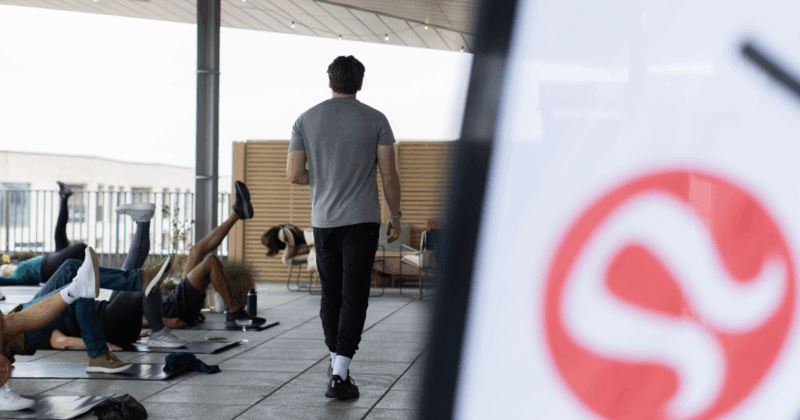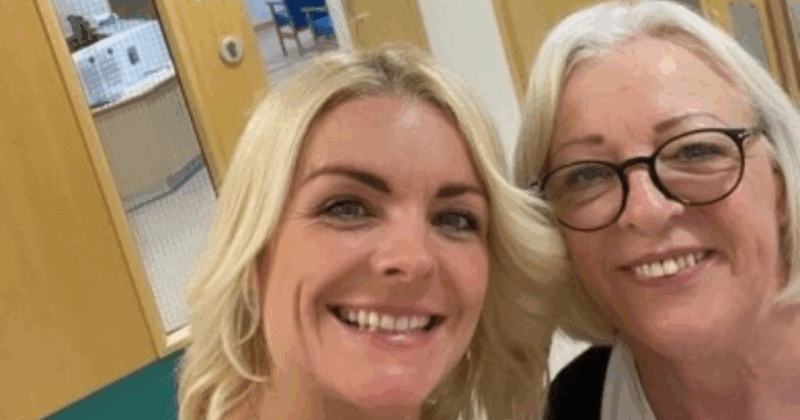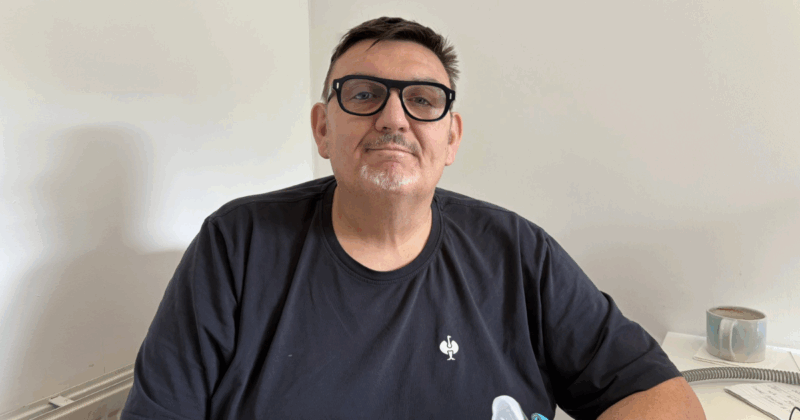
Facing glaucoma with a common vision

Stella Stevens and Gemma Miles-Wilson are turning their challenges into creativity as the twin artists navigate glaucoma, an eye disease that can cause vision loss and even blindness. Below, they share their story with MedTech Views on World Ophthalmologist Day.
Stella had always gone for regular vision exams, but it wasn’t until age 30 that she decided to have an additional test called retinal imaging, which uses medical technology (a fundus camera) to take a digital picture of the back of your eye. “For quite a while I’d noticed that I had a blind patch when I closed one eye, but I suppose I was in denial,” she says.
“The optician saw from the picture that I had some nerve thinning, so she did a visual field test, which showed my peripheral vision was quite bad.” The visual field test (perimetry) uses a medical device that displays flashing lights or moving objects in different areas of your visual field and you press a button when you see them.
“The optician was really concerned. Glaucoma runs in my family, but it usually affects older people, so they wanted to run more tests. I was sent to hospital where multiple departments carried out investigations over the next two years,” Stella explains. Those tests ruled out everything from lung disease to neurological disorders – eventually, ophthalmologists diagnosed her with glaucoma. “After going through so much testing, I was relieved that it wasn’t something more serious.”
Glaucoma is a group of eye diseases that damage a person’s optic nerve, which transfers visual information from the eye to the brain. The cause is often increased pressure inside the eye (intraocular pressure). It’s uncommon for people under 40 to have it and there’s a higher risk of developing glaucoma if family members have it. When caught early it’s manageable, but there’s no cure.
“I didn’t have any symptoms, but I got my eyes tested after Stella’s diagnosis,” recalls Gemma. “I expected to be fine, so I was upset when I found out I also had it. Fortunately, I didn’t have to go through the same extensive testing, because my twin sister already had a diagnosis.”
Both women were given eye drops to protect their optic nerves from further damage and their vision has remained stable. However, they still get checked every four months. “After about a year on the medication, I went for a regular imaging test and the ophthalmologist found that there was more damage, so I had to start taking new drops,” says Gemma. “I was really shocked because my vision hadn’t changed.”
The sisters urge people to always have retinal imaging done at their routine exams, because it can pick up issues with your eyes way before you have any symptoms.
As professional artists who run an award-winning gallery called Two Faced Twins, Stella and Gemma are determined to continue doing what they love. “It’s not something that affects my work now, so I just get on with it,” notes Stella. Nevertheless, she and Gemma wonder how it could impact their work in the future. “Our art isn’t just a hobby. It’s our whole lives,” adds Gemma. “We’ve got decades ahead of us, so we need to figure out how to stop it progressing in the long term.” Surgery to release the intraocular pressure could be an option, but for now the drops are doing their job.
Having glaucoma at a young age poses some other practical challenges. “I’d like to start a family soon, but there’s no research on how my eye drops would impact an unborn child,” Gemma points out. “I’m looking for more information on this.”
In the meantime, the sisters are planning to get involved with the charity Glaucoma UK, which funds research into glaucoma prevention, diagnosis, treatment and cure. “We want to do artwork with people who are struggling with glaucoma and are partially sighted or blind,” Gemma says. “People who normally can’t see have come into our gallery and they can see our artwork because it’s so colourful. They’re amazed!”
As for getting emotional support, she recommends joining an online community where you can connect with other people who have glaucoma. “That really helped me in the beginning, especially when I had a lot of questions.”









